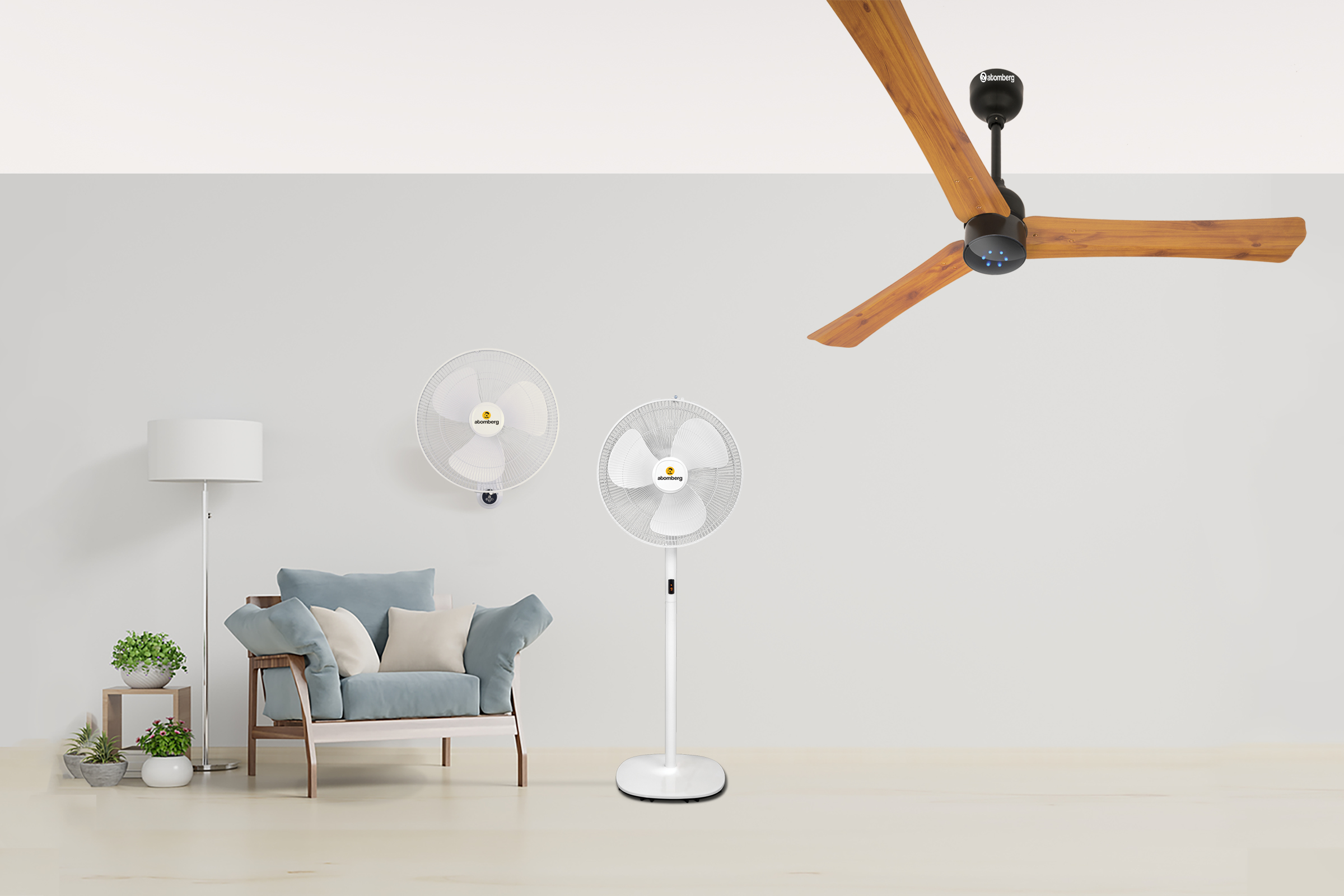The Delhi High Court dismissed L’Oreal India’s appeal in respect of the trademark ‘CLARIWASH’ and held that the trademark was not deceptively similar to L’Oreal’s trademarks. The phonetic, visual, and conceptual similarities between the trademarks as well as the facts put forth by both parties were carefully examined by the court before its ruling.
The Appellant, L’Oreal India Pvt. Ltd., a subsidiary of the global cosmetics giant L’Oreal, is engaged in the manufacturing, distribution, and sale of a wide range of beauty and personal care products.
L’Oreal filed a petition under Sections 47, 57, and 125 of the Trademarks Act, 1999, to revoke the trademark ‘CLARIWASH’ registered by the Respondent, Rajesh Kumar Taneja, trading as Innovative Derma Care. The said petition was initially filed before the Intellectual Property Appellate Board (IPAB) but subsequently got transferred. The present appeal filed by L’Oreal is against the judgment passed by the single judge where the appellant’s petition was rejected.
The appellant claims that its predecessor Cheryl’s Cosmeceuticals Private Limited (CCPL) adopted CLARI formative trademark in 2009 and CLARIWASH in 2010. CCPL has various CLARI formative trademarks registered which includes ‘CLARI-FI’, ‘CLARIMOIST’ among others but did not include CLARIWASH.
The respondent, Rajesh Kumar Taneja Trading (Respondent 1), applied for registration of the trademark ‘CLARIWASH’ in Class 03 on April 16, 2010, claiming use since 2009. On January 3, 2012, the Registrar of Trademarks issued an examination report, which indicated that the Registrar had erroneously conducted a search in respect of the trademark ‘CHARIWASH’. Subsequently, the application was accepted, advertised, and registered as ‘CHARIWASH’ and not ‘CLARIWASH’. Significantly, the registered owner filed an application on June 14, 2012, for the rectification or correction of the registered trademark to be read as ‘CLARIWASH’, which was allowed. The appellant argued that the impugned trademark should be cancelled due to errors made by the Trademarks Registry during examination. They claimed that the trademark was confusingly similar to their own products.
The court also noted that when Respondent no.1 applied for the registration of CLARIWASH’ in 2010 claiming its use since 2009, there was no family of CLARI formative trademarks in use by appellant’s predecessor CCPL. The applications filed by CCPL for other trademarks which included the word CLARI indicate their use from 2011. Thus, it can be said CCPL adopted CLARI formative marks subsequent to the application filed by Respondent no.1 for registration of the impugned trademark.
The claim of appellant that if search was conducted for CLARIWASH then other trademarks with letter CL would have come up for consideration is not fully supported since at that time only one trademark used by CCPL (CLARI-FI) would have featured, as CLARIMOIST was applied for registration subsequent to the respondent’s application.
Besides confirming that the registered owner cannot be held responsible for errors committed by the trademark registrar, the appellate court also pointed out two significant reasons for dismissing L’Oréal’s appeal.
The respondent’s application for registration of the impugned trademark was filed almost 14 years ago. The Court considered that it would be unfair if the respondent’s application was directed to be reconsidered on account of a procedural error.
The marks ‘CLARI-FI’ of the appellant and ‘CLARIWASH’ of the respondent are not deceptively similar. The court reasoned that the mere possibility of confusion was not sufficient to warrant the cancellation of the trademark ‘CLARIWASH.’ The court held that the petitioner must provide concrete evidence to establish that the trademark was likely to cause confusion among consumers. In the absence of such evidence, the court concluded that the registration of the trademark ‘CLARIWASH’ should not be cancelled.
The court referred to several precedents in trademark law to support its analysis. It cited the principles laid down in previous cases, emphasising the importance of assessing the likelihood of confusion from the perspective of an average consumer. The court also considered the evidence presented by both parties regarding the use and reputation of their respective trademarks. The court found that L’Oreal had not provided sufficient evidence to establish that the trademark ‘CLARIWASH’ was likely to cause confusion among consumers.
The Delhi High Court dismissed L’Oreal India’s petition, holding that the trademark “CLARIWASH” was not deceptively similar to L’Oreal’s trademarks and that its registration should not be cancelled. The phonetic, visual, and conceptual similarities between the trademarks as well as the facts put forth by both parties were carefully examined by the court before its ruling.
The court also finally held that the Registry’s error did not justify cancellation of the trademark. It emphasised that the appellant failed to prove confusion between the contested trademark and their own mark, ‘CLARI-FI.’ It is a well settled law that trademarks are to be compared as a whole and the overall commercial impression of CLARIWASH is not similar to CLARI-FI.
This case highlights the importance of providing concrete evidence to support claims of deceptive similarity and confusion in trademark disputes. It also underscores the need for a thorough analysis of the similarities between trademarks from the perspective of an average consumer. The decision serves as a reminder that the mere possibility of confusion is not sufficient to warrant the cancellation of a trademark. It also throws light on the matter that the registered owner cannot be held responsible for errors committed by the trademark registrar.





